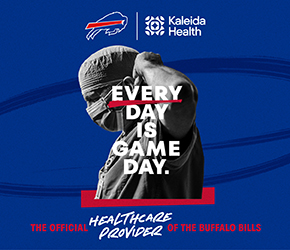How a Mother’s Breast Milk Adjusts to Her Baby’s Needs

More than just food, breast milk is a living, dynamic system—a personalized blend that constantly adapts to a baby’s changing needs. No two mothers’ milk are identical, and even within one mother, it varies daily, during each feeding, and throughout months of growth.
The Stages of Milk.
In the first few days after birth, a mother produces colostrum, a thick, golden “first milk” packed with immune cells, antibodies, and nutrients that protect the newborn and support early digestion. After about two weeks, this transitions to mature milk, a well-balanced mixture of water, carbohydrates, proteins, fats, vitamins, and more than 200 bioactive compounds that encourage growth, immunity, and brain development, even within a single feeding. The early foremilk is light and hydrating, while the hindmilk that follows is creamier and richer in calories, helping babies feel full and gain weight.
Nature’s Real-Time Adjustment.
A remarkable aspect of breastfeeding is its two-way communication. When babies nurse, tiny amounts of their saliva enter the mother’s nipple, signaling her body to adjust the milk’s composition. If the baby has been exposed to a virus, the mother’s immune system responds by producing antibodies tailored to that specific threat—offering custom protection within hours. Mothers of premature babies produce milk higher in protein and immune factors. Even the time of day affects the composition. Morning milk contains more cortisol, helping babies wake and stay alert; evening milk contains melatonin and tryptophan, promoting calm and sleep.
How Long Should Breastfeeding Continue?
There is no fixed time limit for breastfeeding. The World Health Organization and American Academy of Pediatrics recommend exclusive breastfeeding for the first six months, then continuing with solid foods for up to two years or longer. Extended breastfeeding remains common worldwide and offers ongoing immune and emotional benefits. Toddlers who nurse occasionally do so mainly for comfort rather than nutrition. Ultimately, experts say the right duration depends on what feels comfortable and sustainable for both mother and child—whether that’s six months, a year, or more.
Are Breastfed Babies Healthier?
Breast milk’s living antibodies, immune cells, enzymes, and special sugars protect babies against infections, including ear infections, colds, flu, diarrhea, and pneumonia. Research by the World Health Organization and the American Academy of Pediatrics shows that breastfed infants have lower risks of asthma, obesity, diabetes, and certain autoimmune conditions later in life. Breastfeeding also promotes the development of a healthy gut microbiome, which plays a vital role in digestion and immunity.
How Do Formula-Fed Babies Stay Healthy?
Breastfeeding offers unmatched protection and health benefits, but formula-fed babies can still thrive with attentive care, love, and medical support. Every baby’s health journey is unique, and a nurturing, responsive environment matters most.
Local Support for Families.
Area lactation resources help parents with understanding and encouragement during the feeding journey, including the Oishei Children’s Hospital Baby Café, The WNY Lactation Resource Center, White Oak Wellness, and La Leche League of Buffalo.
A Living Expression of Love.
Breast milk is nature’s way of nurturing growth and connection. Constantly changing, full of life and love, it reflects the remarkable partnership between mother and child—one that begins at birth and continues for as long as both want.











